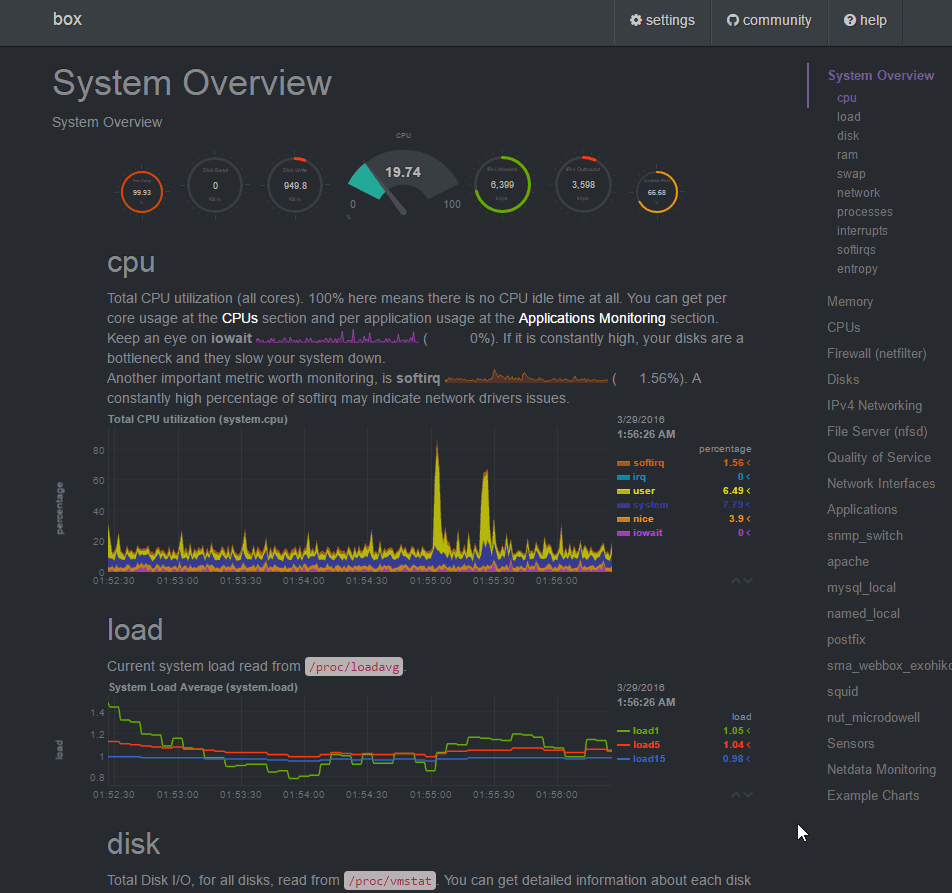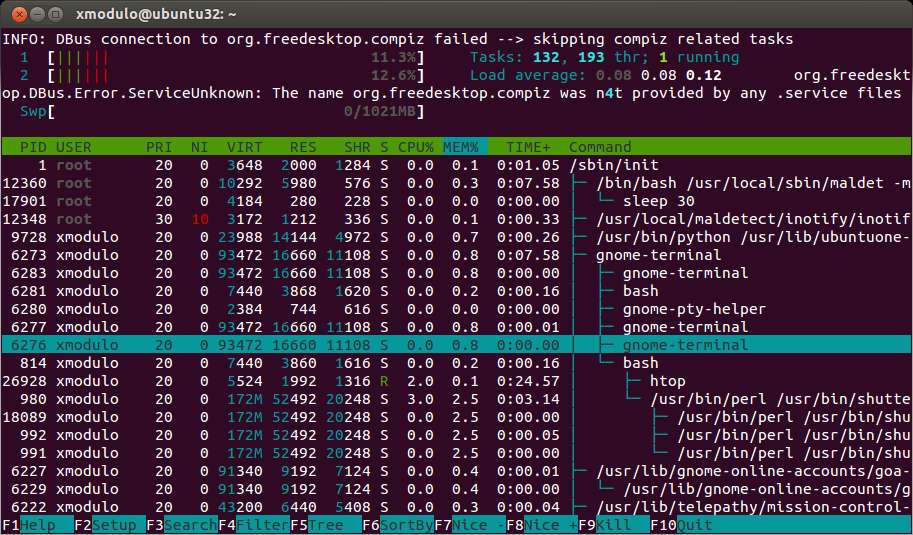

Any load average less than 1 indicates that the CPU is underutilized, and a load average greater than 1 indicates overutilization of CPU. To understand this better, let’s consider two cases:įor example, consider a fully utilized single processor system CPU that has a load average of 1.

Load average should be equal to the total number of CPUs in a system. Average system load is calculated over a given period of one, five, and 15 minutes. This metric represents the average number of instructions waiting for CPU time and the overall demand for CPU.
LINUX MEMORY MONITOR PLUS
System load averages, also called Linux load averages, show the running thread demand on the system as the average number of running plus waiting threads. System load is one of the key Linux server monitoring metrics and is a measurement of the computational work the system is performing. This command also accurately displays the statistics of CPU usage in the system by initializing the first processor with CPU 0, the second with CPU 1, and so on. Linux servers use the “mpstat” command to display the percentages. CPU percentage represents the amount of time during which the system processes are active on CPU. While monitoring Linux, it’s important to keep tabs on the CPU utilization percentage. On multiple CPU systems, vmstat averages the number of CPUs into the output. Vmstat is a valuable memory utility that provides information about CPU activity in addition to memory. CPU utilization for a Linux server is calculated using the “vmstat” command. Monitoring CPU usage regularly will help analyze the CPU load over a stipulated period and overcome performance regressions. Let’s take a look at the top six key Linux server performance metrics you need to monitor to keep your servers up and running.ĬPU usage is one of the first places to look when a Linux server shows signs of slowing down. Our Linux server monitoring dashboard will help you visualize all the key Linux server metrics in one place. ManageEngine Applications Manager provides proactive Linux performance monitoring and helps you quickly identify and resolve issues before end users are affected. To ensure optimal performance of your Linux server monitor and seamless operations of the applications that rely on your servers, it is crucial to utilize a monitoring solution. Since Linux servers form the backbone of any IT infrastructure, if there is a sudden spike in memory or CPU usage, the performance of your applications will be affected.

The key advantages of using Linux servers are that they are stable, secure, compatible, and customizable. Linux is one of the best known and most used open source operating systems.


 0 kommentar(er)
0 kommentar(er)
